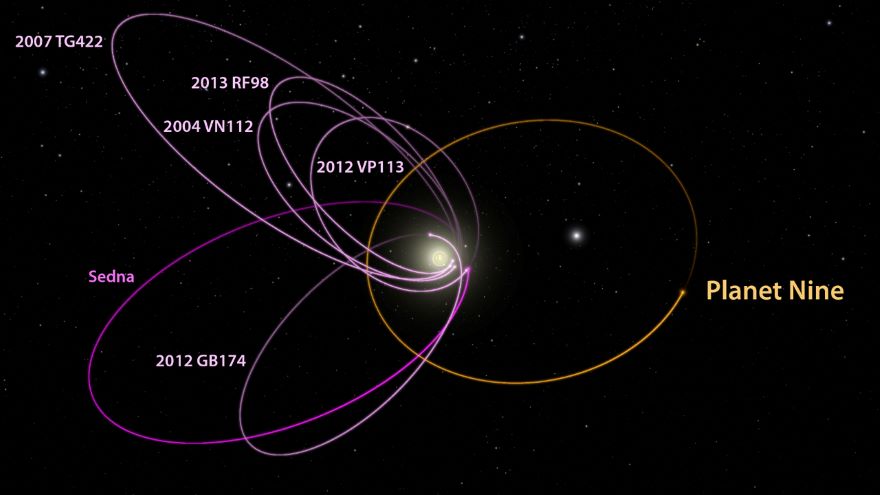Scientists talk about a hidden ninth planet in our Solar System - again
An international team of astronomers believes they may have found evidence of a long-theorized ninth planet — hidden deep in our Solar System and overlooked for decades.
The study, recently accepted for publication in the Publications of the Astronomical Society of Australia, suggests that this mysterious object could be 7 to 17 times the mass of Earth. If confirmed, it would take the hypothetical planet nearly 10,000 years to complete a single orbit around the Sun due to its extreme distance.
More to read:
A planet-sized object travels through interstellar space 20 light-years from Earth
The researchers say their discovery comes from analyzing archival infrared data from two separate sky surveys conducted 23 years apart. This long-time gap allowed them to track extremely slow-moving objects, such as a distant planet, by identifying pairs of faint dots in the sky that mark its position at two different points in time.
Out of 13 potential candidates identified, one pair stood out: both dots matched in color and brightness, suggesting they may belong to the same object. This, the team argues, could be the elusive Planet Nine — an idea that has intrigued astronomers for over a century.

The six most distant known objects in the solar system with orbits exclusively beyond Neptune (magenta) all mysteriously line up in a single direction. Credit: CalTech
Speculation about an undiscovered planet dates back decades, previously referred to as “Planet X.” Interest intensified in recent years due to strange orbital patterns in the Kuiper Belt — a region of icy bodies beyond Neptune that includes Pluto – which had qualified as a planet for a while – and the dwarf planet Sedna.
Some astronomers believe these patterns can best be explained by the gravitational influence of a hidden massive planet. Most experts are unconvinced, pointing to scarcity of data and a significant doze of speculation.
More to read:
The Milky Way contains trillions of orphan planets
The signals are extremely faint, the authors admit while preparing to employ the Vera C. Rubin Observatory – due to enter service this year in Chile – for additional observations. The powerful telescope at this facility is expected to detect tens of thousands of new Kuiper Belt objects, offering astronomers a clearer look at at the outskirts of the Solar System.
Strangely enough, however, is the fact that humanity now can detect exoplanets far in the Milky Way and even in other galaxies but can’t resolve such a minor astronomic puzzle like whether there is or there is not an extra planet in our host star’s backyard.







